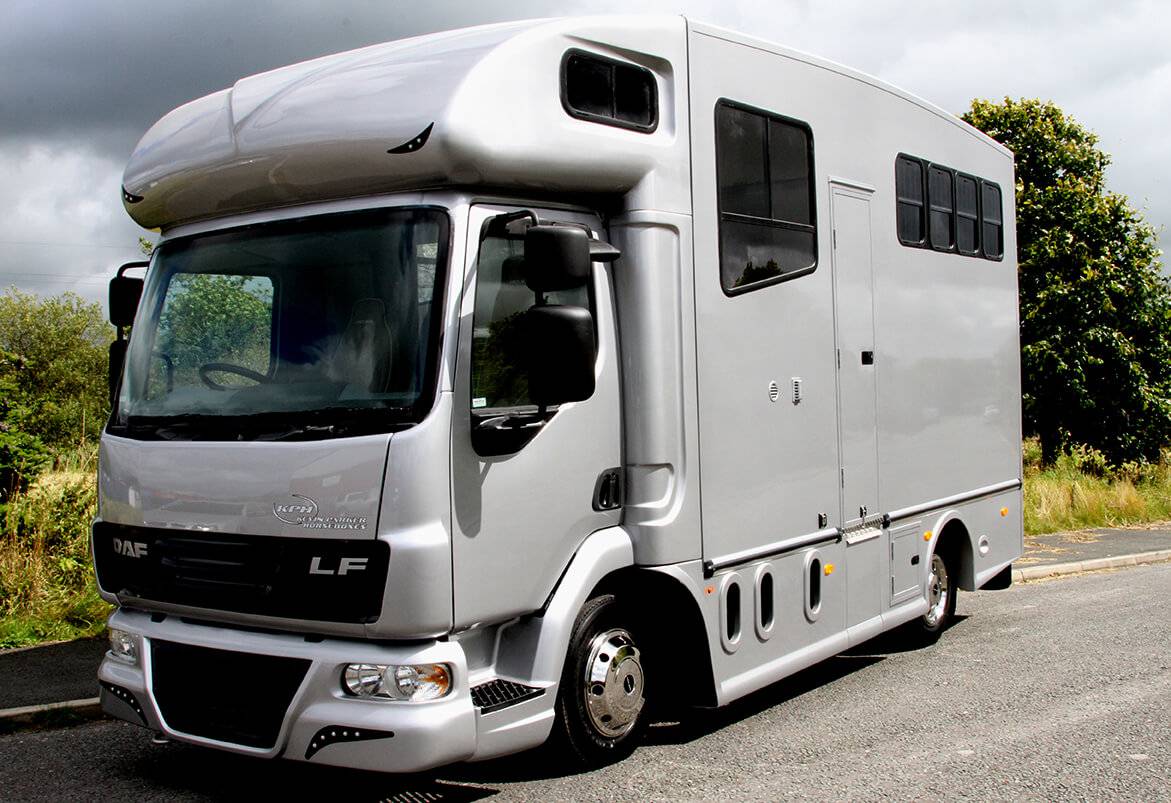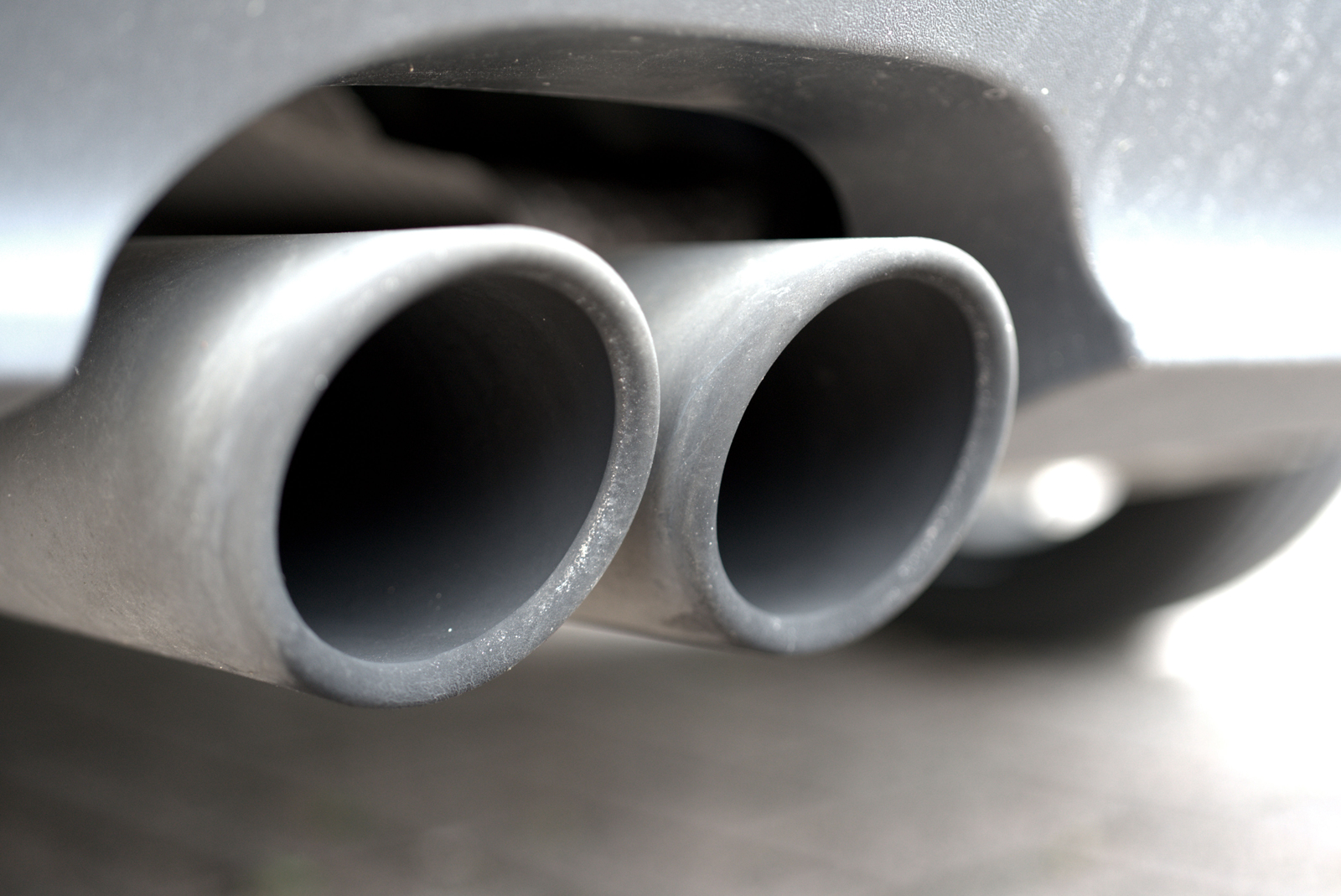Carbon monoxide is sometimes known as the silent killer, as it’s a potentially lethal gas that you can neither see nor smell.
While you may well be aware of the risks in your home, have you considered that your horsebox could suffer a carbon monoxide leak, too? That could put you and your equines in serious danger.
So how could carbon monoxide enter your horsebox, and how can you limit the risks?
As specialists in arranging insurance for a horsebox, we’ve put together seven pointers to keep you and your animals safe from carbon monoxide in your horsebox.
What is carbon monoxide?
Carbon monoxide, or CO, is emitted by faulty gas appliances, burning charcoal, and running cars.
It’s colourless and odourless, so you can’t tell if it’s in the air you’re breathing in. But it is potentially lethal to humans and horses alike: around 60 people are killed in England and Wales each year by accidental carbon monoxide poisoning, and thousands more require hospital treatment.
At low levels, carbon monoxide will probably just give you a headache. But if you’re exposed over a long time, your symptoms might gradually increase, and could include dizziness, stomach pain, confusion, and difficulty breathing. You might mistake the symptoms for flu, but you won’t have a fever.
At higher concentrations, you can lose consciousness and die within just a couple of hours of exposure. That’s most likely to happen in enclosed spaces, perhaps while you’re sleeping – such as in horseboxes with living areas.
So how can you stay safe? The tips below could help you avoid carbon monoxide risks in your horsebox.

-
Get appliances installed correctly
It’s always tempting to try to reduce the costs of horse ownership by doing as much as possible yourself. But when it comes to fitting gas appliances, that would be a serious mistake.
Get a professional to fit heating systems, boilers, cookers and so on, and make sure they check for leaks or faults, too.
Your horsebox is a considerable investment, so you need to choose suitable straightforward horsebox insurance to cover it in case of an accident. Comprehensive insurance will cover the widest range of mishaps, including damage caused by your horse kicking your vehicle.
-
Make sure your appliances are checked regularly
Leaky, damaged appliances are a common source of carbon monoxide. Look out for signs of damage or wear and tear – don’t forget the hoses and connectors – and get them checked and maintained by a professional on a regular basis.
Perhaps you’ve had an accident that could have damaged the appliances in your vehicle? Horsebox cover may cover the cost of repairs, depending on the terms of your policy. Vandalism is also covered by many policies.
-
Ensure good ventilation
Carbon monoxide emissions are less of a problem in an airy, well-ventilated space.
Keep doors and windows open where possible, and make sure vents haven’t got blocked up or covered, perhaps with equipment or tack. If you don’t know where the vents are, check your horsebox manual.
If you think your horsebox is stuffy, consider getting a roof vent fitted – it makes life more pleasant as well as safer for your animals, particularly on longer journeys.
Such measures are worthwhile investments as they’ll help keep the air fresh and improve your peace of mind about the wellbeing of you and your horses.
-
Check your exhaust pipes
Sometimes, blocked or faulty exhaust pipes can cause carbon monoxide emissions. It’s easy for a pipe to get accidentally damaged or bent, or to get clogged up if you’re driving on muddy terrain.
If carbon monoxide from exhaust fumes makes its way inside your vehicle, that spells big trouble.
Take a quick check of your exhaust pipe before you set off on a journey. Set up a regular servicing schedule, perhaps at the same time as you renew your horsebox insurance, to keep your vehicle in great nick and nip any problems in the bud.

-
Don’t use indoor barbecues in your horsebox
If you’re using your horsebox for camping after visiting shows or competitions, you might well choose to enjoy a summer’s evening outdoors round a barbecue with a glass of wine.
There’s no better way to celebrate a great win, or console yourselves after a disappointing loss!
But never make the mistake of bringing the barbecue into your horsebox afterwards, even if you think it’s extinguished. The fumes from the charcoal can build up while you sleep, with potentially disastrous consequences.
-
Install carbon monoxide detectors
Carbon monoxide gas may be invisible and odourless but detectors can provide a quick, simple and inexpensive way to protect yourself.
You can purchase them at any hardware store. They’ll sound an alarm that will wake you up before concentrations get too high.
Carbon monoxide detectors are one of the essentials for your vehicle, along with horse lorry insurance. Choose alarms which meet British safety standards, and remember to check the batteries on a regular basis.
-
Don’t leave horses unattended in a horsebox
Of course, if you’re not around to hear the alarms, they won’t help your horses. So remedy any carbon monoxide leaks at source, and don’t leave your equines unattended for too long.
Get a quote from Equesure today
Your horsebox is a huge investment that’s essential for the safety and wellbeing of you and your horses when you’re out and about. So make sure yours is protected with horsebox insurance.
At Equesure, we’re experts in arranging insurance for all types of vehicles, up to a value of £750,000. Our policies usually include breakdown cover, so you won’t be left stranded with your horses by the side of a dangerous road.
If you take longer journeys, you’ll be glad to know that EU cover is included as standard.
Contact Equesure today to make sure you’ve got the right cover for your vehicle.
Policy benefits and features offered may very between insurance schemes or cover selected and are subject to underwriting criteria. Information contained within this article is accurate at the time of publishing but may be subject to change.





